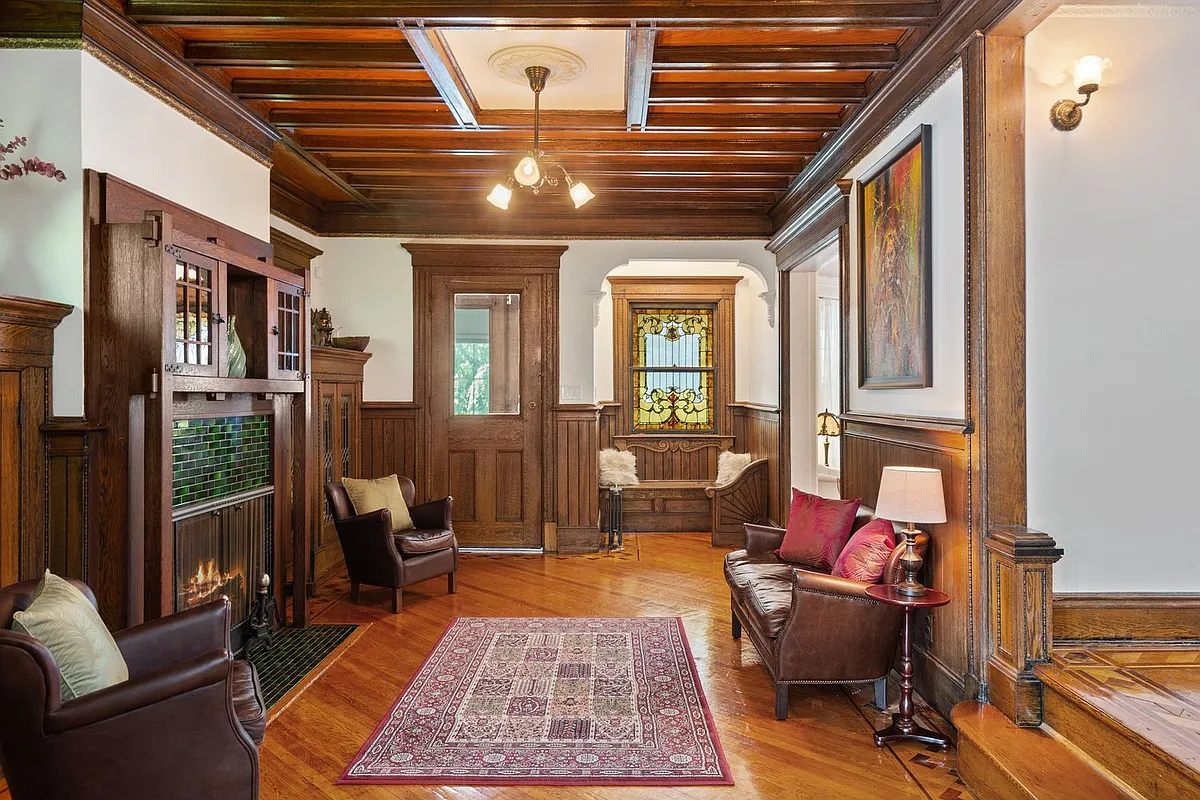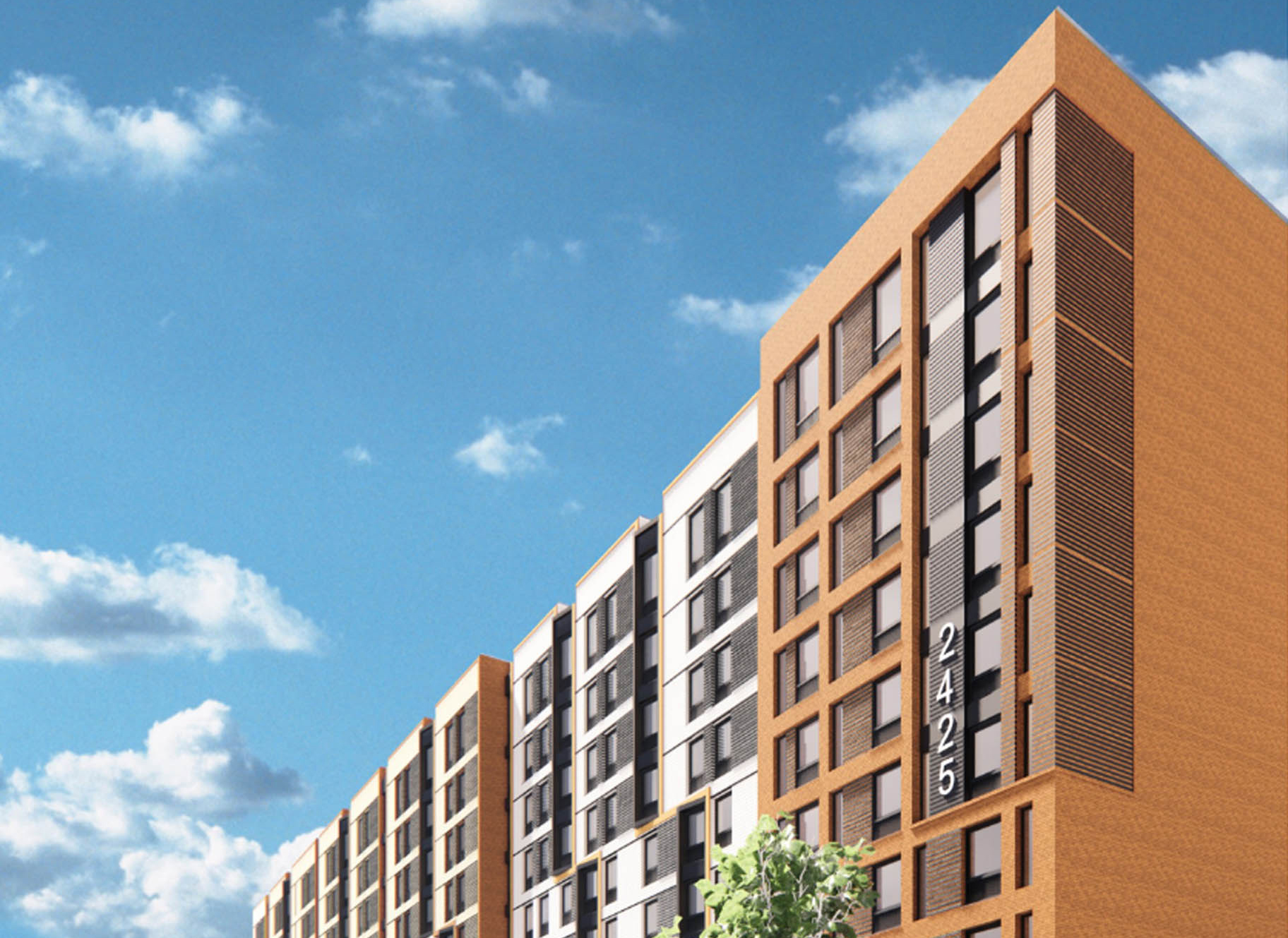Staycation: The Tenement Museum
Editor’s note: This story has been updated. The new version can be seen here. For many of us, staycations are this year’s vacations. Instead of the cottages and castles of the Continent, visit one of New York’s fascinating house museums. Each week, for the entire summer, we’ll alternate between a site in New York City,…

Photo by Keiko Niwa, via theTenement Museum
Editor’s note: This story has been updated. The new version can be seen here.
For many of us, staycations are this year’s vacations. Instead of the cottages and castles of the Continent, visit one of New York’s fascinating house museums. Each week, for the entire summer, we’ll alternate between a site in New York City, or one in greater New York State. Many of these houses are in danger of closing if we don’t patronize them. Check them out, and go visit! If you’ve been, please leave comments and suggestions, including dining or any other amenities.
Name: Lower East Side Tenement Museum
Location: Lower East Side, Manhattan
Address: 97 Orchard Street, between Broome and Allen Streets
Hours: 10:30am 5pm, seven days a week, except Thanksgiving, Christmas and New Years.
Admission: Adults: $20, Seniors and students: $15, members: Free
Children: K-12 students: $8, special school programs available, see website
Website: www.tenement.org
Directions: F train to Delancy, B/D to Grand, or J to Essex
Details: The Lower East Side Tenement Museum is a unique and authentic look at life on the Lower East Side for the immigrant groups that called this area home from the 1860’s to 1935. This 5 story Italianate style brick tenement was home to an estimated 7,000 people from over 20 nations during that time. The building was built by Prussian-born immigrant Lukas Glockner in 1863. At that time it had a basement retail space and 22 apartments. It would later be modified into two retail spaces, the other on the parlor level, leaving 16 apartments. Over the years, as the tenement laws changed, the building would gain indoor plumbing, cold running water, an air shaft, and two toilets per floor. It also was piped for gas, and then wired for electricity. In 1935, rather than fixing up the building, the landlord at the time boarded up the upper floors, leaving only the storefronts open for business.
In 1988, historian and social activist Ruth Abram and co-founder Anita Jacobson found the building, a veritable time capsule, waiting to be revealed. It had long been their goal to open a museum celebrating the immigrant experience in NYC. Since the building had been closed up for over 50 years, they were able to salvage lots of period detail and original layouts, as well as find a multitude of artifacts and personal objects in the walls, under floorboards, etc. They opened the first apartment, the 1878 home of the German-Jewish Gumpertz family. Over the years, five more apartments were opened, representing different ethnic groups, different families, and different time periods in the building’s history. The latest apartment belongs to the Moore’s, an Irish family from 1869. There is still more history to be uncovered, and immigrant lives to document, as more than half of the apartments have yet to be restored.
The tours are all guided, and often use re-enactors to tell the tales of the families and their conditions. There is also a lot of visual history in the building, as the layers peel back, revealing wall papers, paint colors, plumbing and kitchens, partitions, as well as home factories, all the joys and sorrows of living in the most crowded place in the world, the Lower East Side, at the turn of the 20th century. In addition to the tenement house itself, the Museum also conducts separate walking tours of the neighborhood, and has an additional space across the street at 108 Orchard St, where tickets are sold. There is also a bookshop in this location, and a space where lectures, readings and discussions are held. The Lower East Side Tenement Museum is on the National Register of Historic Places, and is a National Historic Landmark and a National Historic Site.This museum should not be missed.





There are several historic bath buildings. Public Bath No.7 is on Fourth Avenue and President Street. There are several in the Lower East side, sole survivors of 1960’s urban renewal, and there is the magnificent one on Asser Levy Place at East 23rd Street. The latter is a pool and recreation building, the others are vacant as far as I know.
Mopar’s kitchen.
This Museum is a national treasure and a truly unique museum going experience. Highly recommended.
ha. yeah i had the bathtub in the kitchen when i lived on ludlow street. i can honestly say those were officially some of my smellier years.
*rob*
are there mahny public baths buildings still around? I know there’s one on Huron st. in Greenpoint. (closed 70 yrs ago I imagine).
Actually, more and more I believe we are seeing the great class divide of the nineteenth century again now.
Certain individuals in the financial sector make bonuses that exceed the total income of entire neighborhoods I’m sure.
It is an appalling disparity.
The more things change…..
I used to take care of an old tenement on East 5th St. just above Ave. B. Bathtubs in the kitchen, water closets, two per floor, in the public hallway. Some of these closets had been screwed shut just as they were without removing the fixtures. A toilet time capsule.
My Dad grew up in a building without “modern conveniences” and had to use the neighborhood’s public natatorium for his bath.
The re-enatctor we had was great. Also great for kids.
It’s a great little museum, that’s full of interesting facts and objects. I’d also go to The Frick Collection and the Merchant’s House Museum to get the full impact of the enormous class divides in America in the 19th century.